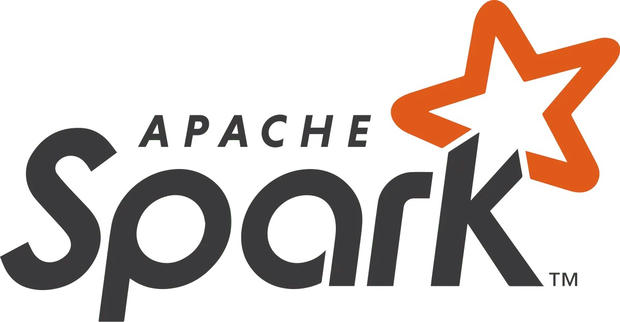Using Scala 3 with Apache Flink
Alexey Novakov published on
4 min, 796 words


If you have come here, then you probably know that current version of Apache Flink 1.16 Scala API still depends on Scala 2.12. However, the good news is that previous Flink release 1.15 introduced an important change for Scala users, which allows us to use own Scala version via Flink Java API. That means users can now use Scala 2.13 or 3 to write Flink jobs. Earlier, Flink had Scala 2.12 as a mandatory library on application classpath, so one could not use newer version due to version conflicts.

Official Flink Scala API will be still available in future, but will probably be deprecated at some point. It is unclear at this point. Flink community made a decision to not engage with newer Scala version and make Flink to be Scala-free, in terms of user's Scala version choice. Whether it is good or bad for Scala users in general we will going to see in near future. Definitely this choice is good, as it unlocks Flink for newer Scala versions.
Read MoreTags: big data streaming data scala3






